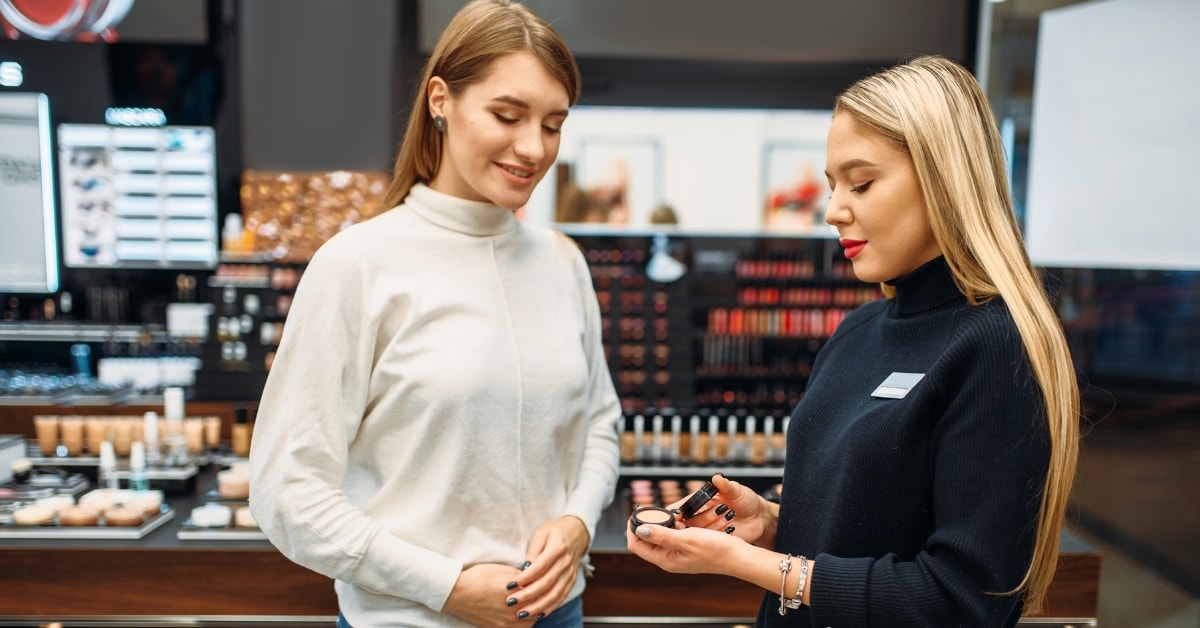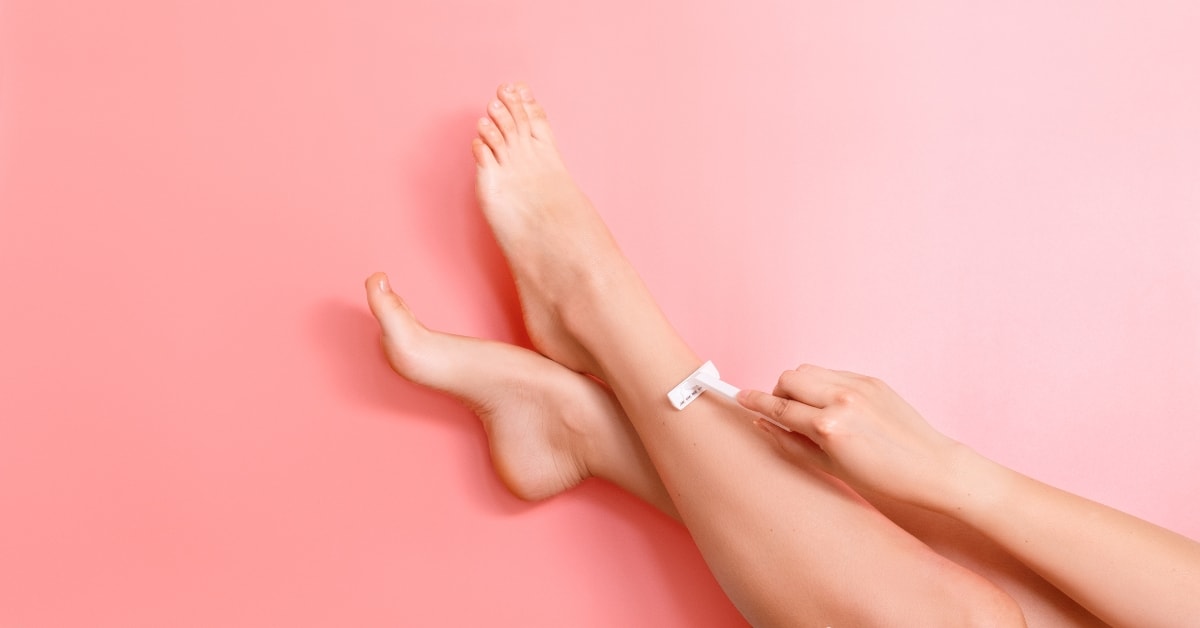When we talk about taxes, what usually comes to mind are income tax refund and taxes, sales taxes, and property taxes. But there’s another kind of tax that many women face every day without even realizing it the Pink Tax. This “tax” isn’t an actual government tax but rather a form of price discrimination where products marketed towards women are often priced higher than similar products for men. For OnlyFans creators, understanding the Pink Tax is crucial as it can significantly impact their personal finances and business expenses. In this blog post, we’ll explore examples of Pink Tax, how it works, and why it’s a pressing issue for female entrepreneurs.
What is the Pink Tax?

The Pink Tax refers to the extra amount women pay for certain products and services compared to men. These products range from personal care items like razors and shampoos to clothing and even toys. Despite being nearly identical in function and composition to similar personal hygiene products, women’s products often come with a higher price tag simply due to their marketing towards females. By examining examples of Pink Tax, we can see the widespread impact of this issue.
Key Points:
- Pink Tax: The extra amount women pay for products marketed to them.
- Price Discrimination: The practice of charging different prices for identical or similar products based on the consumer’s gender.
- Gender-Based Pricing: A subset of price discrimination where prices vary based on gender.
Historical Context and Legislative Efforts
The issue of the Pink Tax has been recognized for decades, leading to various legislative efforts aimed at eliminating gender-based pricing discrimination. The Pink Tax Repeal Act, introduced in the United States Congress, seeks to prohibit gender-based price discrimination for consumer products and services. Similarly, New York City has taken steps through its Department of Consumer Affairs to investigate and reduce these price disparities. These efforts highlight some of the most significant examples of Pink Tax in everyday products.
Key Legislative Efforts:
- Pink Tax Repeal Act: Aims to end gender-based price discrimination for goods and services.
- New York City Department of Consumer Affairs: Actively investigates and reports on price discrepancies between men’s and women’s products.
Common Examples of Pink Tax
To understand the Pink Tax better, let’s look at pink tax examples and some common examples of Pink Tax:
- Personal Hygiene Products:
- Women’s Razors: Often priced higher than men’s razors despite having the same materials and functionality.
- Tampon Tax: Menstrual products are often subject to sales tax, unlike many other health-related products.
- Clothing:
- Women’s Apparel: Frequently costs more than men’s clothing, even when made from similar fabrics and designs.
- Children’s Toys: Toys marketed towards girls tend to be more expensive than those for boys.
- Personal Care Items:
- Shampoos and Conditioners: Products marketed to women often cost more than those for men, even when the ingredients are identical.
- Skincare Products: Similar trends are seen in skincare where women’s products have higher price tags.
- Services:
- Dry Cleaning: Women’s clothing often costs more to dry clean than men’s, even for similar items.
- Haircuts: Haircuts for women typically cost more than those for men, regardless of hair length.
Table: Price Comparison of Common Products
| Product | Women’s Price | Men’s Price | Price Difference |
|---|---|---|---|
| Razors | $10.99 | $8.99 | $2.00 |
| Shampoo | $6.99 | $5.99 | $1.00 |
| T-shirts | $15.00 | $12.00 | $3.00 |
| Haircuts | $40.00 | $25.00 | $15.00 |
These examples of Pink Tax illustrate how gender-based pricing can affect higher prices for everyday items.
The Impact of the Pink Tax on OnlyFans Creators

For OnlyFans creators, who are predominantly women, the Pink Tax can add up significantly, affecting their personal and business finances. Here are some ways it impacts them:
- Increased Business Costs:
- Equipment: Items like cameras, lighting, and makeup, which are often marketed with gendered pricing, can lead to higher operational costs for female creators.
- Marketing and Branding: Women may face higher costs for branded merchandise and marketing materials aimed at female audiences.
- Personal Expenses:
- Everyday Items: The higher cost of everyday items like razors and skincare products means female creators have less disposable income.
- Health Products: The so-called tampon tax and higher costs for feminine hygiene products can also strain their budgets.
- Mental Health:
- Stress and Anxiety: Constantly paying more for similar products and services can contribute to financial stress and anxiety, affecting overall well-being and productivity.
These impacts demonstrate how examples of Pink Tax affect the lives of OnlyFans creators and other female entrepreneurs.
Breaking Down the Myths
Many argue that price differences are due to market demand and production costs. However, studies by the New York City Department of Consumer Affairs and other organizations have shown that these differences are often arbitrary and unjustified. For women’s cost, for instance, the same brand may price women’s products higher than men’s, even when they are substantially similar. By examining examples of Pink Tax, we can see that these price differences often lack a reasonable basis.
Key Facts:
- Government Accountability Office: Has found numerous examples of gender-based price discrepancies.
- Joint Economic Committee: Estimates the annual cost of the Pink Tax to be significant for women.
- Consumer Affairs Studies: Demonstrate that products are often priced differently based on gender without clear justification.
How to Combat the Pink Tax
- Awareness and Education:
- Inform Yourself: Be aware of price differences and question them.
- Educate Others: Share information about the examples of Pink Tax with friends, family, and followers.
- Advocacy and Legislation:
- Support Legislation: Advocate for laws like the Pink Tax Repeal Act that aim to eliminate gender-based pricing.
- Report Discrepancies: Report any instances of price discrimination to consumer affairs organizations.
- Smart Shopping:
- Compare Prices: Always compare prices for men’s and women’s versions of the same product.
- Buy Gender-Neutral Products: Whenever possible, choose gender-neutral products that don’t carry the Pink Tax.
By following these steps, you can help reduce the impact of the Pink Tax on your women’s finances and support broader efforts to eliminate it. Sharing examples of Pink Tax with your community can also help raise awareness and drive change.
FAQs
What is the Pink Tax?
The Pink Tax refers to the extra amount women pay for products and services that are marketed towards them, even when similar items for men cost the same price or less. Understanding examples of Pink Tax can help identify these unfair pricing practices.
Is the Pink Tax a real tax?
No, the so-called Pink Tax is not an actual government tax but a form of price discrimination. Examples of Pink Tax show how women pay more for similar products.
How does the Pink Tax affect OnlyFans creators?
The Pink Tax increases both personal and business costs for OnlyFans creators, affecting their overall profitability and financial well-being. Examples of the estimated annual cost of Pink Tax in personal care and business expenses highlight this impact.
What products are commonly affected by the Pink Tax?
Commonly affected products by actual tax include razors, shampoos, clothing, toys, and services like dry cleaning and haircuts. These are some of the most typical examples of Pink Tax.
How can I avoid the Pink Tax?
You can avoid the Pink Tax by comparing prices, choosing gender-neutral products, and supporting legislation to eliminate gender-based pricing. Being aware of examples of Pink Tax can guide smarter shopping decisions.
Are there any legislative efforts to address the Pink Tax?
There are legislative efforts like the Pink Tax Repeal Act that aim to prohibit gender-based price discrimination. These efforts seek to address widespread examples of the gender tax repeal act Pink Tax.
What can I do to help combat the Pink Tax?
You can help combat the Pink Tax by raising awareness, supporting legislative efforts, and reporting instances of price discrimination. Sharing examples of Pink Tax can also help others recognize and address this issue.
Conclusion
The Pink Tax is a hidden but significant financial burden on women, including OnlyFans creators. By understanding the extent of this issue and taking steps to combat it, women can protect their finances and advocate for fair pricing practices. Whether through smart shopping, legislative support, or raising awareness, every effort counts in the fight against discriminatory gender-based pricing. Recognizing and addressing examples of Pink Tax is a critical step toward the gender pay gap and achieving financial fairness.
Your path to complete financial prosperity begins now. To master the art of tax planning and transform your future financial outlook at tax time, contact The OnlyFans Accountant for a free consultation. Want to learn how to maximize deductions, track expenses like a pro, save more, and navigate tax season like a boss? Get your FREE copy of our eBook.
Need assistance or guidance with completing your OnlyFans taxes? Call us today! Our experts are ready to help you navigate your tax obligations and maximize your deductions.
